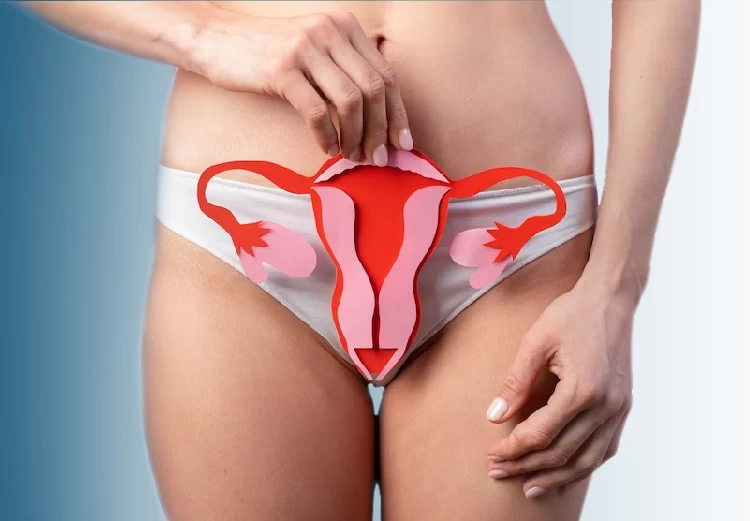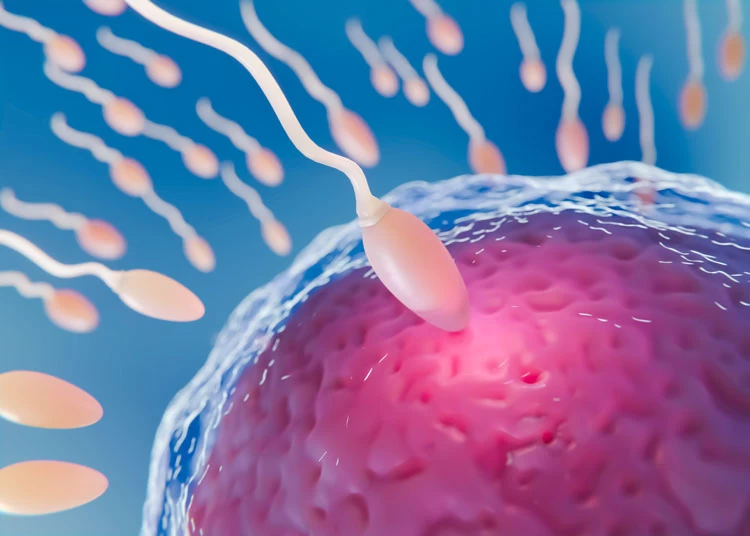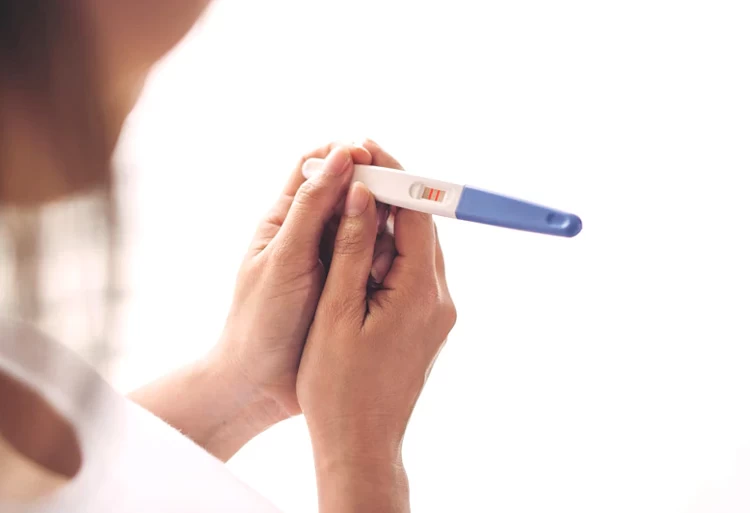Hysterectomy has four types: total, partial, radical, and total, with bilateral salpingo-oophorectomy. Based on the type and severity of her health issue, the surgeon decides to perform this operation either vaginally, laparoscopically, or abdominally. Most patients experience pain, fatigue, bleeding and spotting, digestive problems, menopause symptoms, and mild depression after hysterectomy.
Whether ovulation is done naturally or with medication, it has some common symptoms like mood swings, mucus changes, spotting, bloating, breast tenderness, changes in sex drive, and mild pelvic pain. Ovulation may take 12 to 48 hours, but you can try conceiving for up to 10 days after it happens.
The first symptoms of implantation are nausea, light spotting, mild cramping, and food craving. Remember that implantation spotting differs from period to period in terms of color, amount, duration, and other factors. Implantation bleeding usually takes a couple of days, and its color is pink or brown. Also, its amount is so small that you don’t need a maxi pad.
Having a healthy uterus is an important factor in the development of a fetus as it nourishes the baby and keeps it from harmful waste. To make your womb healthy before pregnancy, it is necessary to exercise regularly, control your weight, get checkups frequently, and have your medications adjusted.
IVF is the most popular type of assisted reproductive technology, which involves seven steps in total, from taking hormone medications to preparing the womb for carrying the baby to the embryo transfer procedure.
In a testicular biopsy, the doctor gets a sample from the testicle and retrieves sperm from it. The sperms are then examined in a laboratory, and the healthy ones are used in IVF. Four types of testicular biopsy are done for men with fertility problems: PESA, TESE, TESA, MESA.
IVF with donor egg helps women with poor egg quality, diminished ovarian reserve, endometriosis, and fallopian tube issues have children. Despite being extremely helpful, this treatment is costly, and many people cannot afford it. Iran, Turkey, and India are the cheapest IVF countries with donor eggs, respectively.
Both IVF and ICSI are done in five steps, from taking ovulation induction drugs to embryo transfer. The main difference between these two techniques is that in ICSI, the sperm is directly injected into the egg by a needle, while in IVF, the sperm penetrates the egg on its own. The success rate of IVF is between %50% and 60, but ICSI has a success rate of %50% to 80.
Surrogacy is a type of fertility treatment that helps women with uterine problems, endometriosis, and pelvic inflammatory diseases to have children. IVF with surrogacy is quite expensive and is prohibited in some countries; that's why some couples travel abroad to get this treatment at a fair price. The cheapest countries for surrogacy in 2024 are Iran and Turkey.
Many couples choose IVF with donor eggs to have children as this method has a high success rate, can be done along with PGT, and the baby will be biologically related to the father. However, IVF using donor eggs has some drawbacks, too, like high costs, high risk of transmitting genetic diseases, strict legal considerations, etc.









